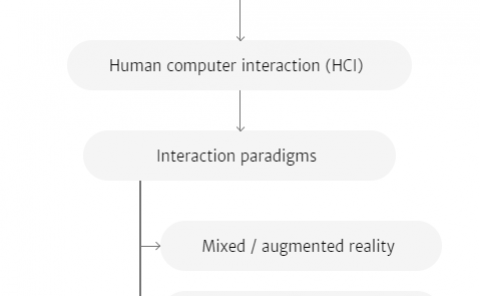Concepts for Vestibular and Visual Stimulation to Mitigate Carsickness in Stop-and-Go-Driving
PubDate: October 2021
Teams: Volkswagen ;Chemnitz University of Technology
Writers: A. Brietzke; R. Pham Xuan; A. Dettmann; A. C. Bullinger
PDF: Concepts for Vestibular and Visual Stimulation to Mitigate Carsickness in Stop-and-Go-Driving

Abstract
The problem of motion sickness in cars is receiving increased attention due to the development of automated driving functions. This evolution of driving provokes changes in the role of the driver and non-driving activities become more relevant for all passengers. The full control of the driving dynamics enables car manufacturers to influence stimulations that provoke motion sickness. In parallel, passenger activities like video watching increase the probability of symptoms for individuals that are susceptible to motion sickness. Based on those circumstances, technical solutions that allow user experiences without motion sickness need to be developed. The movement perception by the associated organs of balance and the eyes plays a key role in the conflict of motion sickness. This investigation evaluated two concepts that address the human vestibular and visual systems in order to reduce motion sickness. The effects of a prototypical decoupled seat and a virtual animation of the vehicle environment were compared to a reference condition. The experimental environment consisted of a naturalistic reproduction of stop-and-go-driving on the proving ground. The participant’s task was to watch a video while being driven. Meanwhile, symptoms of carsickness were retrieved and objective parameters of head and eye movement recorded. The study results do not show significant improvements on carsickness due to the realized concepts. Furthermore, the selected parameters for monitoring behavioral patterns of the head and eye movement were unaffected as well. Consequently, a review of the concept principles as well as an advancement of the physical prototypes are needed.


